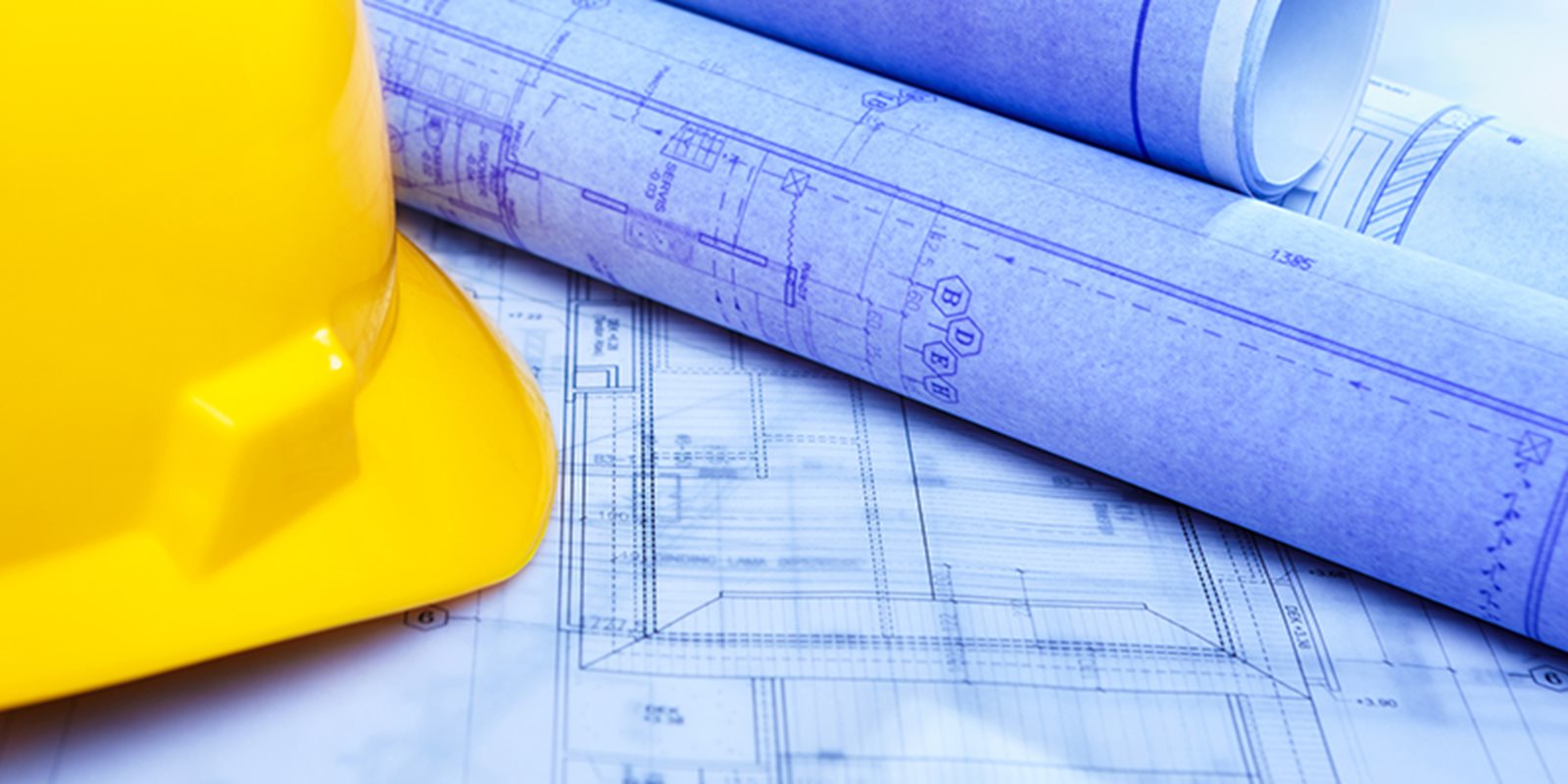

Successful health and safety outcomes for a construction project commence long before a project is implemented.
Safety in design establishes the fundamental design basis and safety in procurement ensures that design basis is translated into safe outcomes during construction and on into the operational and maintenance life of the building or structure.
The Safe Design of Structures Code of Practice sits under the harmonised Work, Health and Safety Act 2011 and provides specific guidance to stakeholders involved in the design of a building or structure as to how to implement the requirements of the Act. It highlights the significant shared responsibility for safe outcomes placed on all stakeholders, including designers, manufacturers, importers, suppliers and constructors.
.jpg?variant=HalfWidth)
Significantly, the Code of Practice speaks to the so-called ‘Safety Report’ as a mechanism to ensure all unusual or atypical aspects of the project are properly and transparently documented and addressed by the responsible party. The ASI strongly suggests that known issues to do with product or process non-compliance MUST be documented in the Safety Report to ensure they are addressed adequately.
Procurement encompasses all of the decisions made by stakeholders (designer, fabricator, builder, client, manufacturer, importer) in translating the designed building or structure into the final physical realisation.
When it comes to ensuring successful health and safety outcomes, the following are all important:
The harmonised Work Health and Safety (WHS) Act 2011 places significant shared responsibility on all parties in the construction value chain – specifically, manufacturers, importers, suppliers, designers and constructors.
The ASI has a range of solutions and tools to help stakeholders meet their duty of care under Work, Health and Safety Regulation:
Questions answered:
The ASI held the seminar 'Implications of the new Work Health and Safety Act 2011 on Compliance in Construction Steelwork' in November 2012 in Brisbane with the support of Workplace Health and Safety Qld (WHSQ). In combination with this event, WHSQ provided answers to some prepared questions that clearly articulate the definitive link between Work Health and Safety Regulations and product compliance. We suggest you review the ‘Questions answered' document and understand your responsibilities for duty of care in relation to ensuring compliant products are used in construction.
Designer checklist:
Designers attending the abovementioned presentation requested that the ASI prepare a checklist for engineers to assist them meet the requirements of the WHS Act. Download the prepared checklist (PDF) (which was signed off by the WHSQ).
Third-party certification:
The ASI supports third-party certification of safety-critical construction products as an appropriate solution for improved compliance outcomes (and hence safety outcomes). The ASI has developed the National Structural Steelwork Compliance Scheme for fabricated steelwork conforming to AS/NZS 5131. The ASI has also developed a range of supporting tools for all stakeholders in the steelwork supply chain to ensure responsible procurement outcomes.